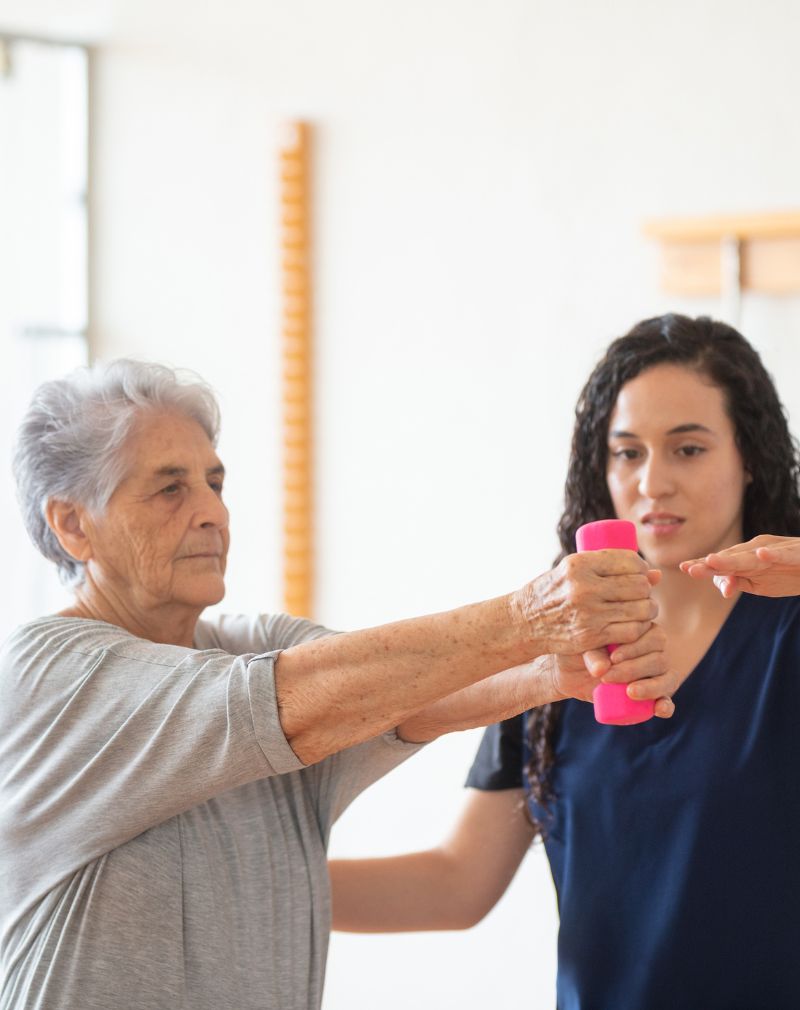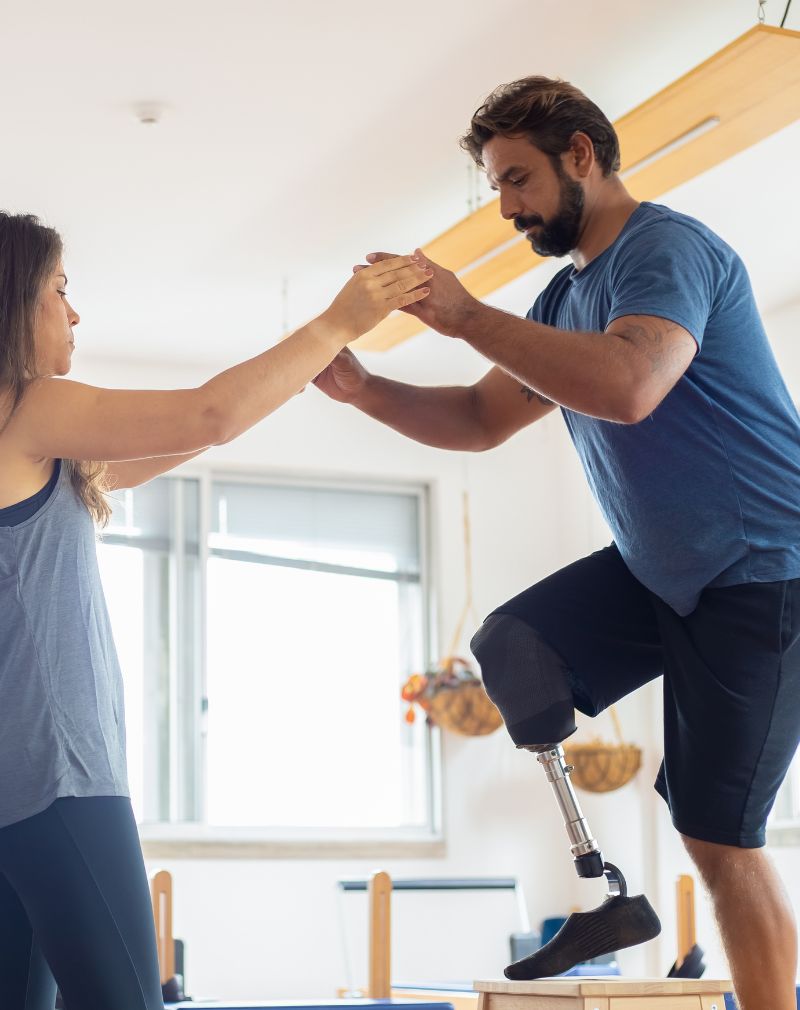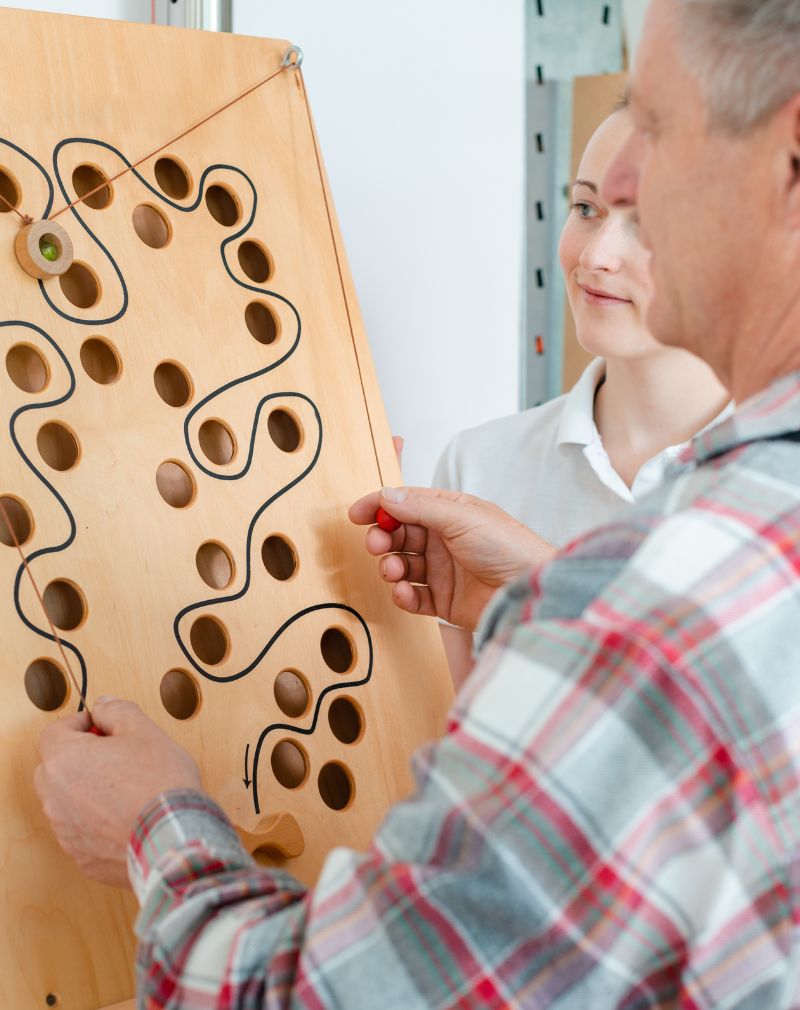Most people don’t think twice about how they sit, how they stand, how they reach for a glass of water. But movement isn’t automatic. It’s a memory. A habit. A silent decision made between your muscles and your nerves.
When something breaks in that conversation, the body compensates. You lean too much on one side. You walk with a limp. You avoid the pain, and in doing so, you create more of it.
Occupational therapy steps in before it’s too late. It doesn’t just treat injury. It studies movement like language. Muscle by muscle. Pattern by pattern.
There are two ways to read the body: through its structure and through its signals. Musculoskeletal and neuromuscular. One deals with the hardware. The other with the code.
In Dubai, more clinics are starting to ask deeper questions. Why is this movement failing? Why now? And how do we retrain it so it never fails again?
That’s what this is about: understanding movement not as a given, but as something earned.
Our Occupational Therapy Department at The American Wellness Center in Dubai Healthcare City works closely with patients to answer these questions. One movement at a time.
Understanding the Body’s Breakdown
When someone walks into a clinic with back pain, they rarely know where it began. A weak muscle here. A stiff joint there. Over time, small imbalances snowball.
That’s where musculoskeletal analysis begins. We look at how the body holds itself. How it moves. Where it refuses to. Every joint tells a story. Every movement — or lack of it — offers a clue.
We check for:
- Stuck shoulders, stiff hips: The joints that carry your day silently take the hit.
- Muscle fatigue in all the wrong places: Overcompensation is a sign. Your body has been cheating.
- Posture that collapses without you noticing: That slouch isn’t laziness. It’s survival.
Now pair that with neuromuscular analysis — the system behind the system. We look at the communication between brain and muscle. We check how fast your body reacts. How well it balances. How smoothly it follows a command.
For patients recovering from stroke, brain injury, or motor control disorders, this isn’t a minor detail. It’s everything.
At The American Wellness Center in Dubai Healthcare City, our occupational therapists bring both views to the table. We don’t just ask what is going wrong. We ask why. And we treat both the signal and the structure.
Some of the most at-risk patients we see include:
- Office workers who’ve stopped moving but don’t know it
- Teachers stuck in the same position for hours a day
- Manual laborers whose bodies carry more than they should, every day
Each case is different. But the root is the same: movement forgotten, misused, or ignored.
We help the body remember.
Tools That Read the Body
Not every problem screams. Some whisper. A subtle shift in balance. A delay in reaction. A foot that always turns out just slightly.
That’s why we use functional tools — not to find the obvious, but to catch the silent breakdowns.
At The American Wellness Center in Dubai Healthcare City, our therapists rely on:
- Functional Movement Screen (FMS): Measures how well you move, not how much you lift.
- Y-Balance Test: Checks how far your body can reach without falling apart.
- Postural assessments: Uncover the small ways your body compensates without your permission.
And now, we’re going further. Wearable sensors. Motion trackers. Balance plates that register even the smallest sway.
These tools don’t guess. They show. And what they show — we fix.
Dubai Is Moving Differently
Dubai isn’t just keeping pace. It’s quietly stepping ahead. Across the city, clinics are starting to ask harder questions about how people move, not just how they heal.
At The American Wellness Center in Dubai Healthcare CIty, we see this shift daily. Patients aren’t waiting for pain anymore. They’re showing up to stay mobile, sharp, and independent.
Other specialized centers across Dubai are following suit — combining rehab with real movement analysis. This isn’t a trend. It’s a standard forming right before our eyes.
What’s driving it?
- A younger, more active population unwilling to accept pain as normal
- An older generation looking for smarter ways to age
- A healthcare sector that’s finally treating prevention as serious care
Movement is now personal. And it should be.
Two Lenses, One Goal
You can treat a muscle. Or you can retrain the mind behind it. But real progress only happens when you do both.
That’s why we don’t separate musculoskeletal from neuromuscular. One shows you where. The other tells you why.
When we build a therapy plan, it’s not just about getting stronger. It’s about building precision. Balance. Control.
We combine:
- Strength work: To rebuild what’s weak or overused
- Neuromuscular drills: To rewire how the body follows orders
- Real-world tasks: So the gains don’t vanish once you leave the room
Because if therapy only works in the clinic, then it doesn’t work.
The Shift Has Already Begun
Therapy used to be about fixing what’s broken. Now, it’s about catching what might break — and stopping it.
At The American Wellness Center in Dubai Healthcare City, we’re seeing movement in real time. Sensors that detect imbalance before a fall. AI tools that spot subtle patterns missed by the eye. Wearables that track progress not in weeks, but in steps.
This isn’t the future. It’s now.
We’re no longer waiting for pain to knock. We’re answering it at the door.
Modern therapy is becoming:
- Predictive: Spotting risk before it becomes injury
- Precise: Tailored interventions backed by data, not guesswork
- Proactive: Built on early detection, not late correction
Your body has a story. Tech is helping us read it better.
Come As You Are. We’ll Meet You There.
Maybe you’ve ignored the ache in your back for months. Maybe your balance isn’t what it used to be. Maybe you’ve learned to live with it — quietly, without complaint.
But movement is not something you have to lose with time. Not if you pay attention now.
At The American Wellness Center in Dubai Healthcare City, we don’t look at you as a condition. We look at you as a person trying to move through the world a little better. With less pain. More ease. More trust in your own body.
You don’t need to come in perfect. You don’t even need to know what’s wrong.
Just come in.
We’ll figure it out, together.



